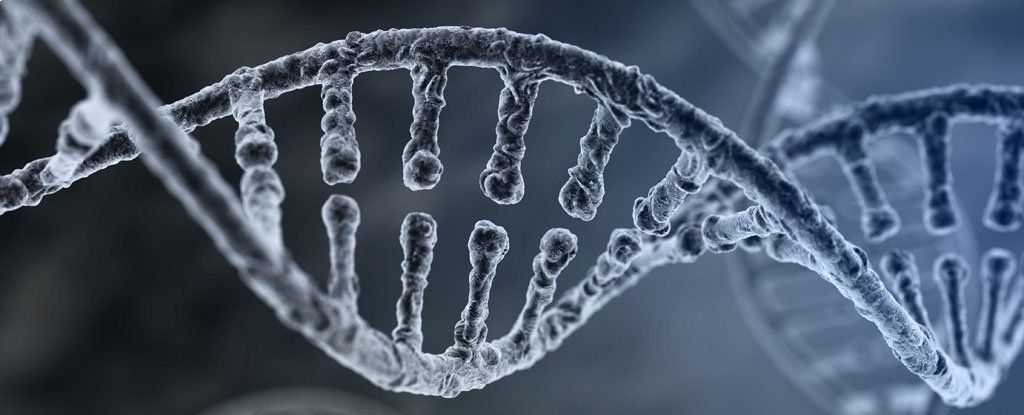Who needs cloning or gene editing; when you have 3D printers.
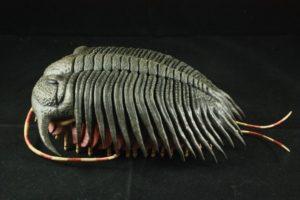 Although—in the grand scheme of things—3D printing is a relatively new technology in the eyes of humanity, that certainly doesn’t mean that it can’t be used to recreate some of the most ancient artifacts and fossils scattered throughout the Earth. Over the past year, we’ve seen 3D printing technology help recreate the oldest chameleon fossil ever found, as well as a 1220-foot Titanosaur fossil. Even some of the world’s tiniest fossils have been digitally resized and 3D printed so that a paleontologist from the University of Oxford could better examine them. Now, trilobites, which are a group of extinct marine arthropods, are undergoing their own unique form of 3D printed treatment.
Although—in the grand scheme of things—3D printing is a relatively new technology in the eyes of humanity, that certainly doesn’t mean that it can’t be used to recreate some of the most ancient artifacts and fossils scattered throughout the Earth. Over the past year, we’ve seen 3D printing technology help recreate the oldest chameleon fossil ever found, as well as a 1220-foot Titanosaur fossil. Even some of the world’s tiniest fossils have been digitally resized and 3D printed so that a paleontologist from the University of Oxford could better examine them. Now, trilobites, which are a group of extinct marine arthropods, are undergoing their own unique form of 3D printed treatment.
Dr. Gianpaolo Di Silvestro, established paleontologist and CEO of the Italian company Trilobite Design Italia, specializes in this group of extinct arthropods, and uses his company to sell both original trilobite fossils and model replicas to collectors, institutions, and museums across the globe. After realizing that a great number of museums were able to provide text information on these fossils, but not a true physical representation, Dr. Di Silvestro decided to provide these museums with palpable trilobite models that would allow visitors to actually hold the ancient past in the palms of their hands. Since traditional fossil casting and modeling proved to be much too costly and time-consuming, Dr. Di Silvestro instead collaborated with Italian architect and 3D designer Francesco Baldassare to work in tandem and design accurate 3D models of trilobites.
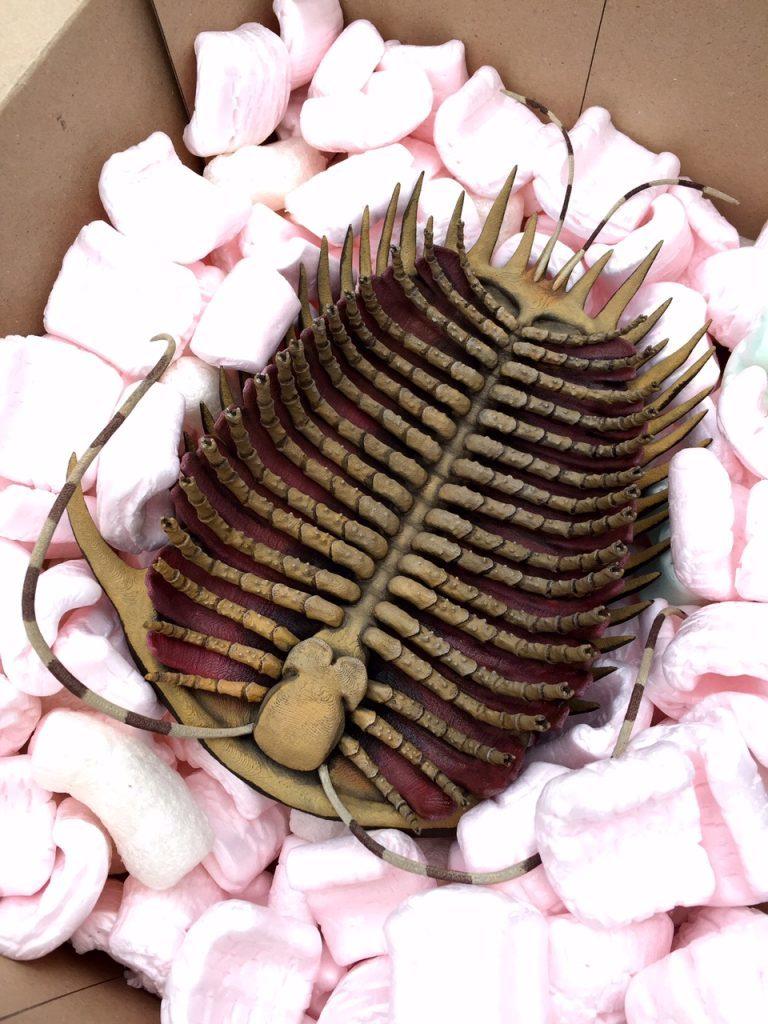 Although a number of 3D printing service bureaus rejected Dr. Di Silvestro’s 3D fossil models due to their design complexity, the Materialise office in Italy rose to the occasion and helped bring these trilobites back to our physical reality. For Dr. Di Silvestro and Baldassare, Materialise’s 3D printing technology has provided them with the ideal solution.
Although a number of 3D printing service bureaus rejected Dr. Di Silvestro’s 3D fossil models due to their design complexity, the Materialise office in Italy rose to the occasion and helped bring these trilobites back to our physical reality. For Dr. Di Silvestro and Baldassare, Materialise’s 3D printing technology has provided them with the ideal solution.
Read more
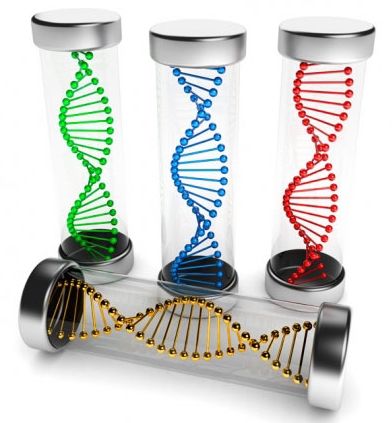
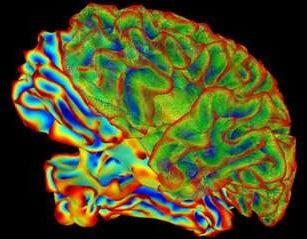
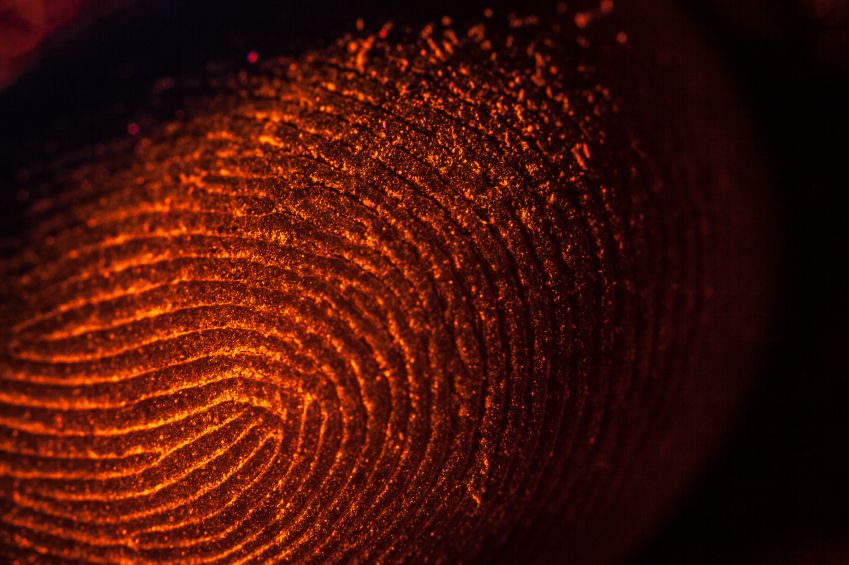
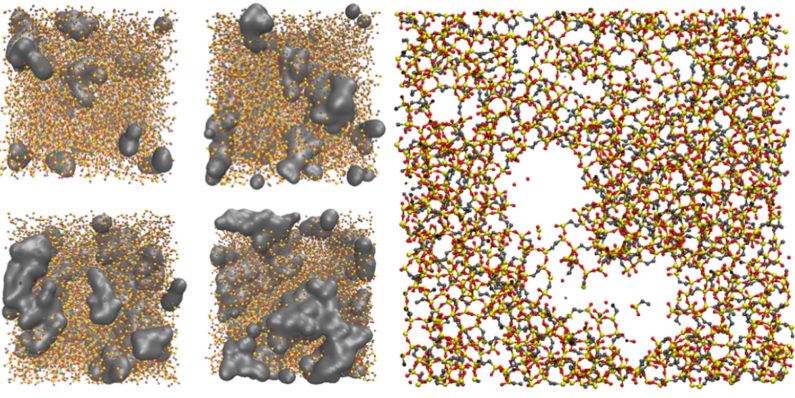




 Although a number of 3D printing service bureaus rejected Dr. Di Silvestro’s 3D fossil models due to their design complexity, the Materialise office in Italy rose to the occasion and helped bring these trilobites back to our physical reality. For Dr. Di Silvestro and Baldassare, Materialise’s 3D printing technology has provided them with the ideal solution.
Although a number of 3D printing service bureaus rejected Dr. Di Silvestro’s 3D fossil models due to their design complexity, the Materialise office in Italy rose to the occasion and helped bring these trilobites back to our physical reality. For Dr. Di Silvestro and Baldassare, Materialise’s 3D printing technology has provided them with the ideal solution.